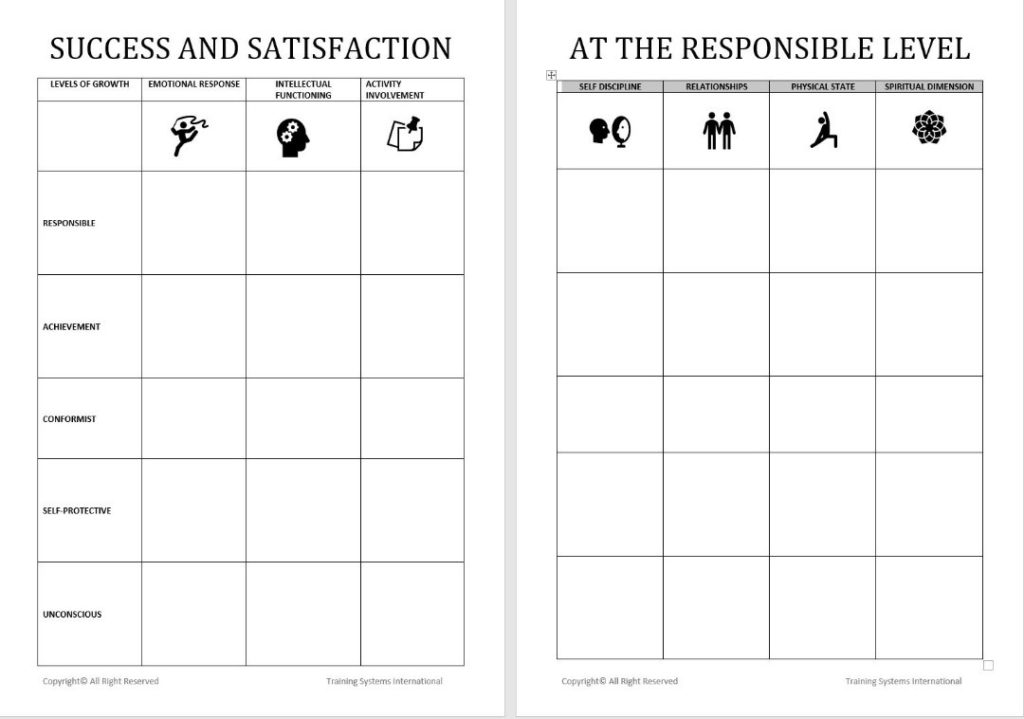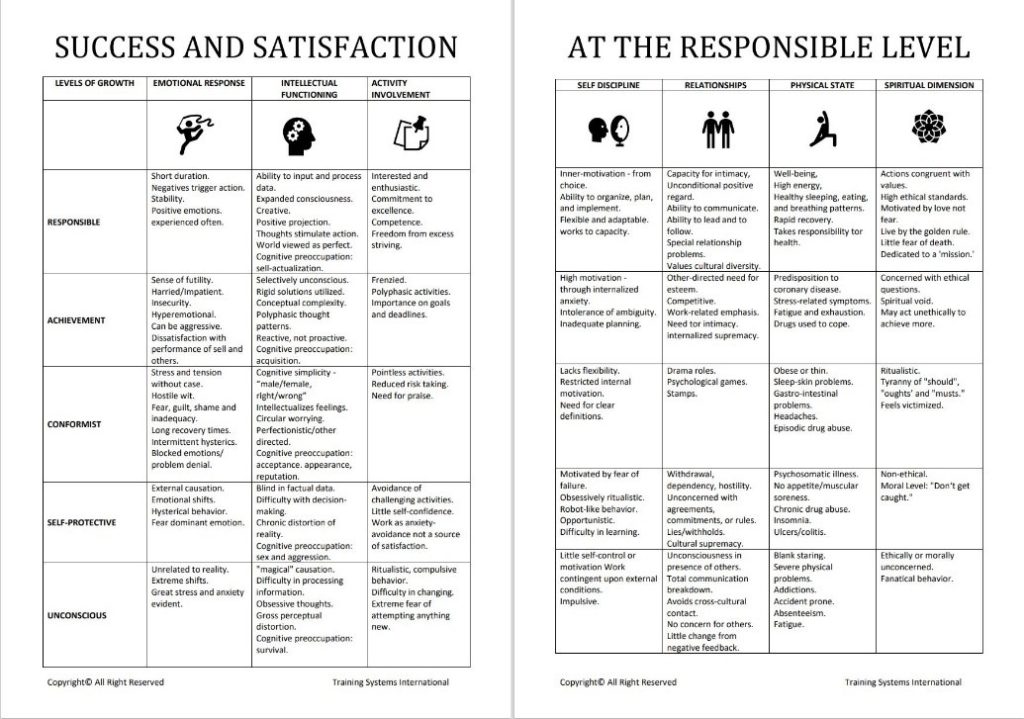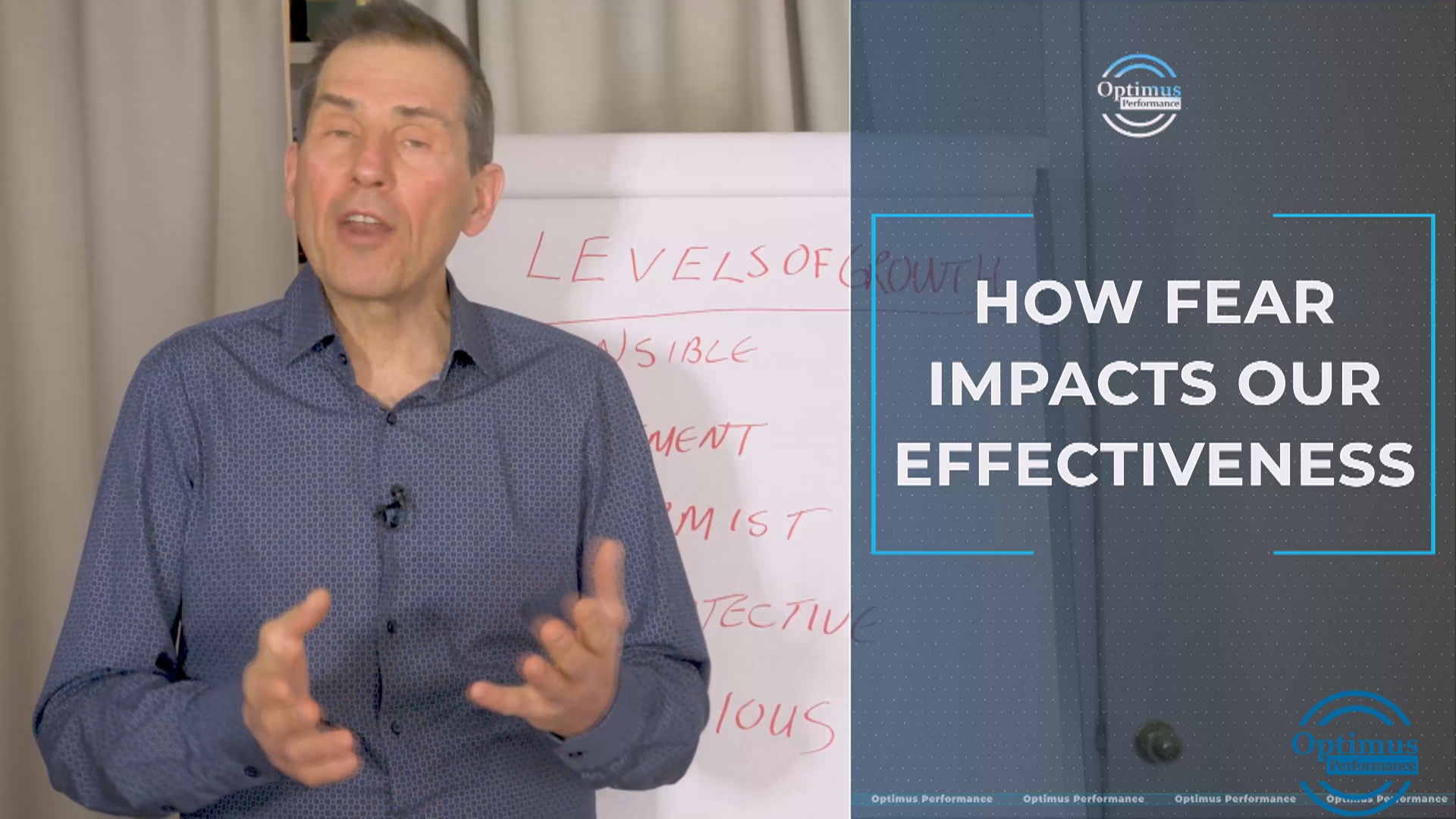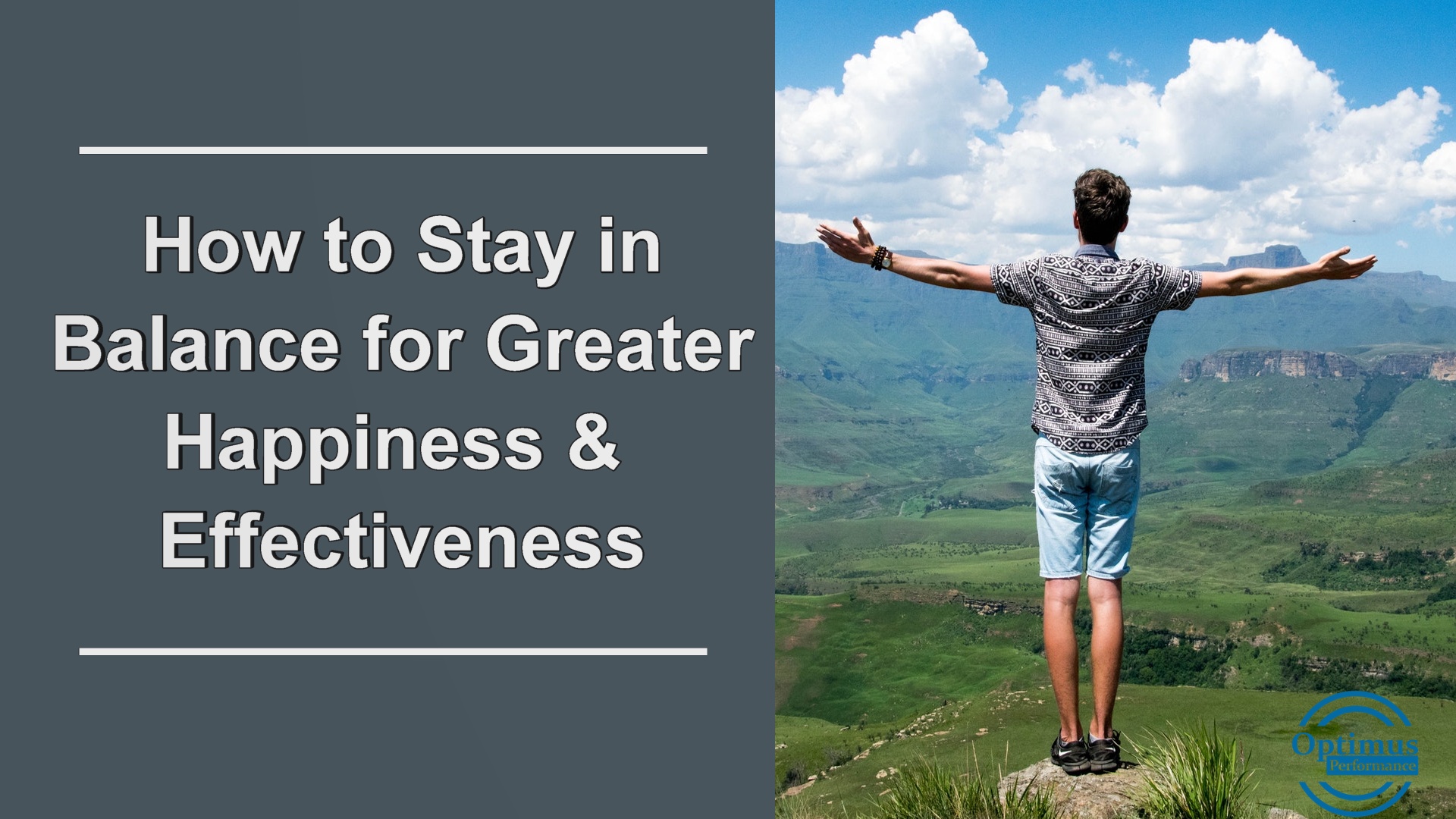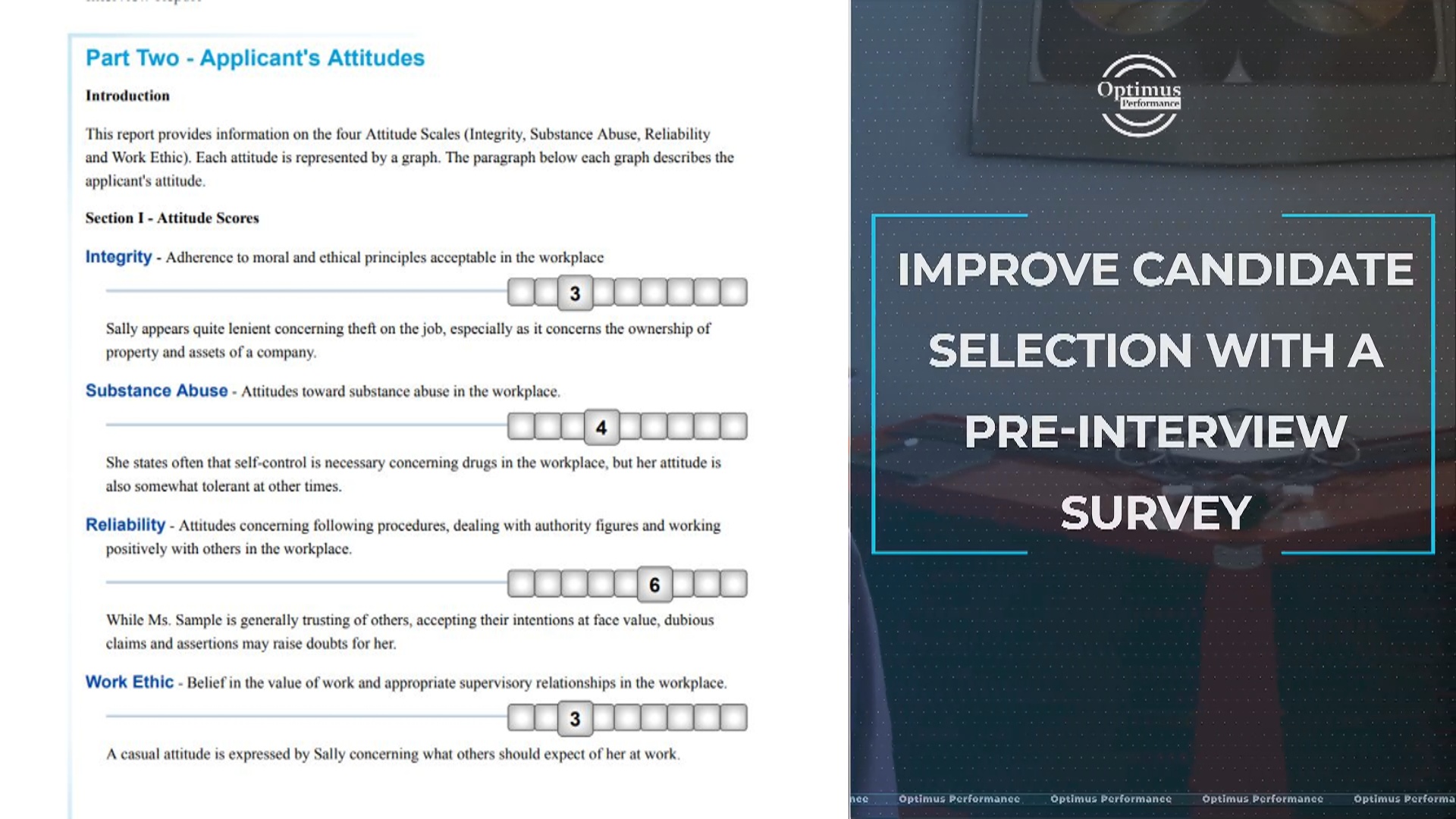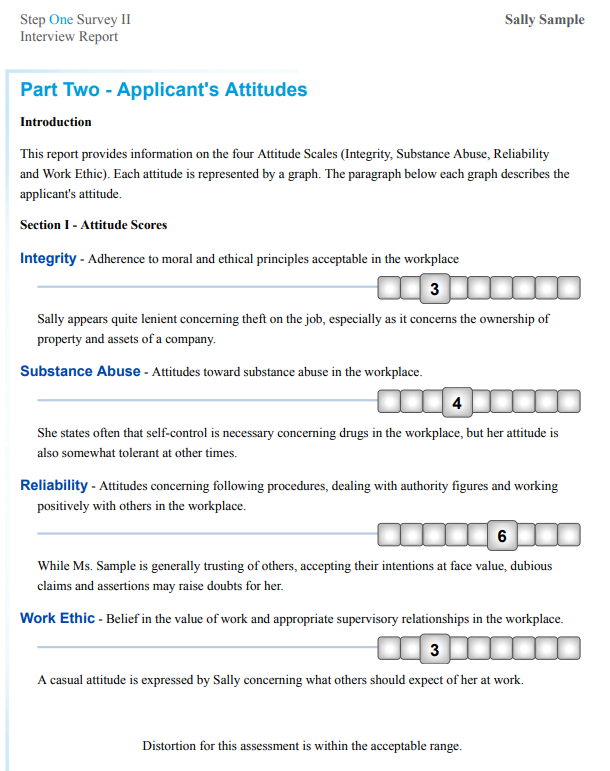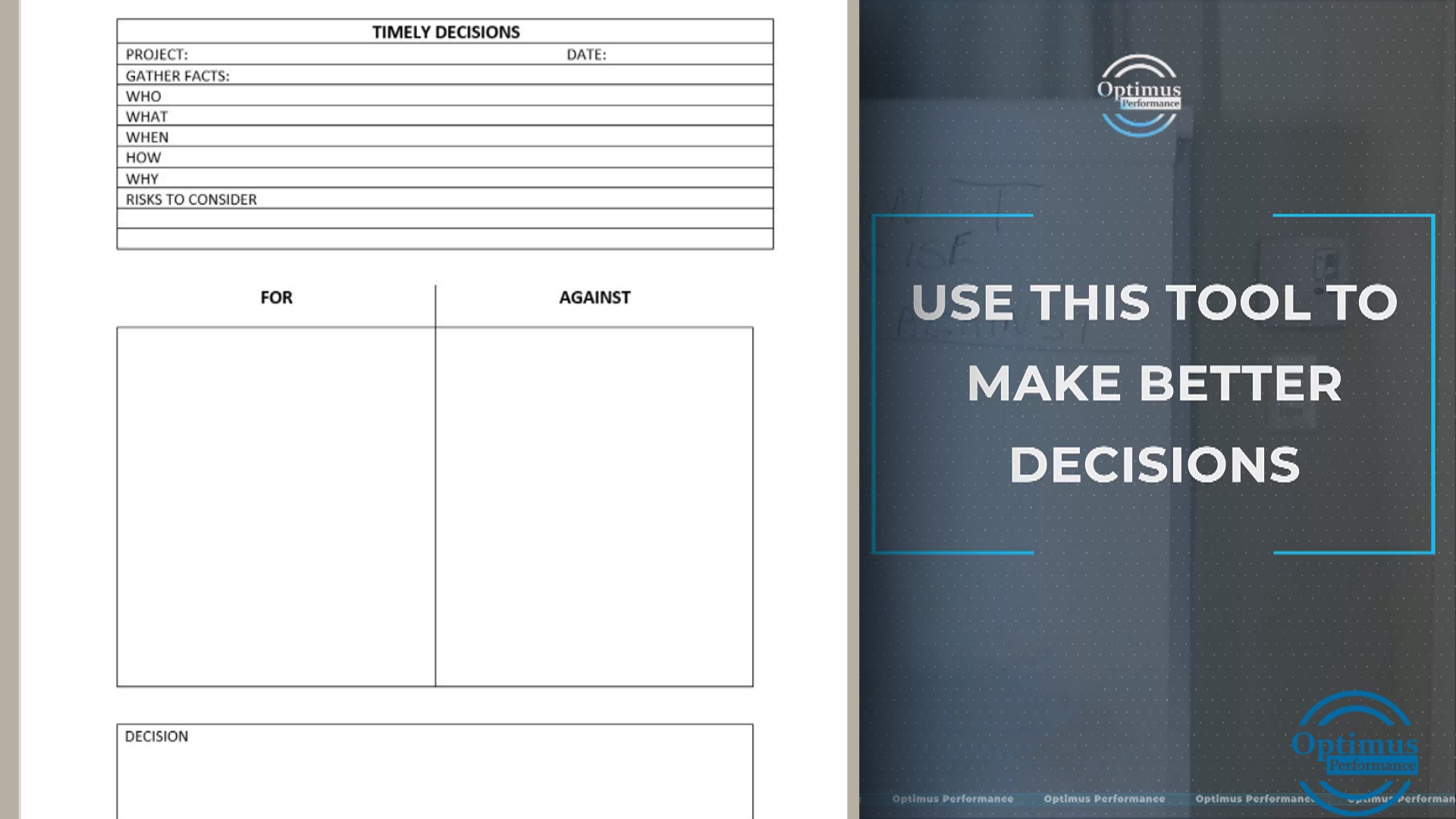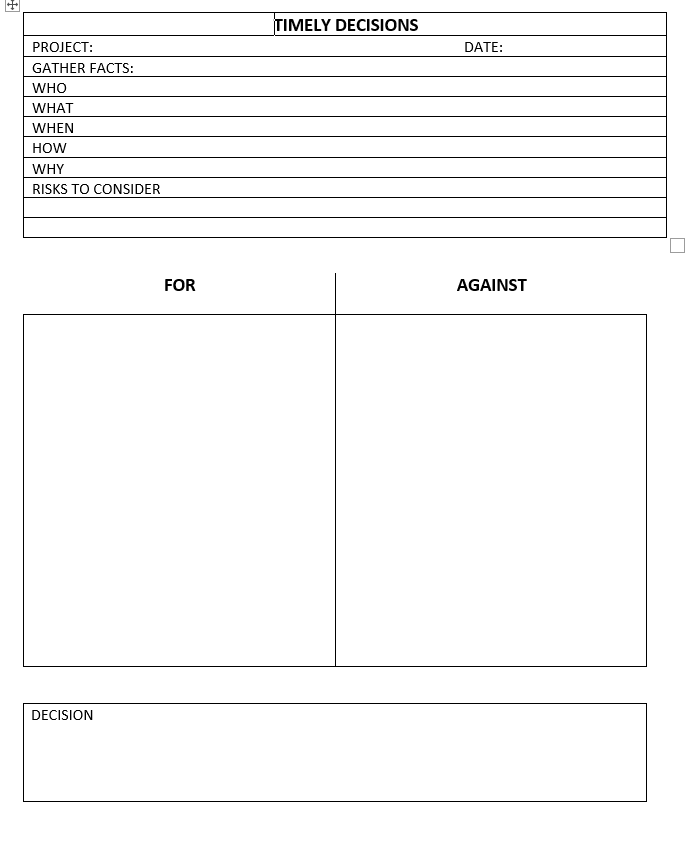Becoming Free from Fear to Experience Richer Lives
Fear has a direct impact on our effectiveness in all the dimensions of our lives. It can cause us to go from being highly responsible and effective to being self-protective with only our own interests in mind.
That is in a way what motivated me to write this article after listening to a podcast from “How to Save a Planet” about how directors at a certain utility company in one of the states in the US were resistive to implementing cleaner energy because the change might threaten their retirement plans.
I used to deliver two training programs by Dr. Michael Durst, “Management by Responsibility” and “Personal Responsibility in Delivering Excellence, P.R.I.D.E”. (the link goes to an old video but with great content). I thought of sharing the essence of that program since it no longer seems to be available to purchase.
Durst teaches his approach to personal development using the levels of growth system he developed. The highest level of growth or functioning for a human being is the Responsible level. To achieve this level a person needs to become self-aware and grow beyond the other levels.
But at anytime someone who functions at the responsible level or the achievement level, which is quite common for entrepreneurs and very driven people, can drop into the self-protective level due to fear.
Of course, when our well being and safety is threatened, we all seek to protect ourselves and this is normal good fear. But when there are solutions to situations that are not instantly life threatening, there is no need to let fear affect our approach to decision making.
There is a direct correlation between the levels of growth and the dimensions of life, of which there are seven. These are:
- Emotional response
- Intellectual function
- Relationships
- Activity involvement
- Self-discipline
- Physical state
- Spiritual dimension
When someone functions most of the time at the responsible level, all the dimensions of life are in balance and healthy. We are most effective and productive at this level and yet according to Durst only a small portion of humanity functions most of the time at this level. Perhaps this is why there are so many problems in the world and so much misunderstanding and conflict between people.
For example, a person at the conformist level might have relationships with lots of drama, psychological games, withholds and resentments. Whereas someone at the responsible level would have relationship that show a capacity for intimacy, ability to communicate and the ability to lead and follow.
To transcend the levels and rise to the responsible level takes a conscious effort towards self-awareness and self-knowledge. It means work and often involves taking risks to face and let go of past conditioning. It is about being fully present but also having the ability to learn from the past and not repeat mistakes.
To learn more about the thinking, beliefs and behaviors associated with the dimensions of life at each level, I replicated a table from Dr. Dursts’ training. I also created a worksheet and instructions to help personalize this information. You can access this worksheet from the forms section of my website.
